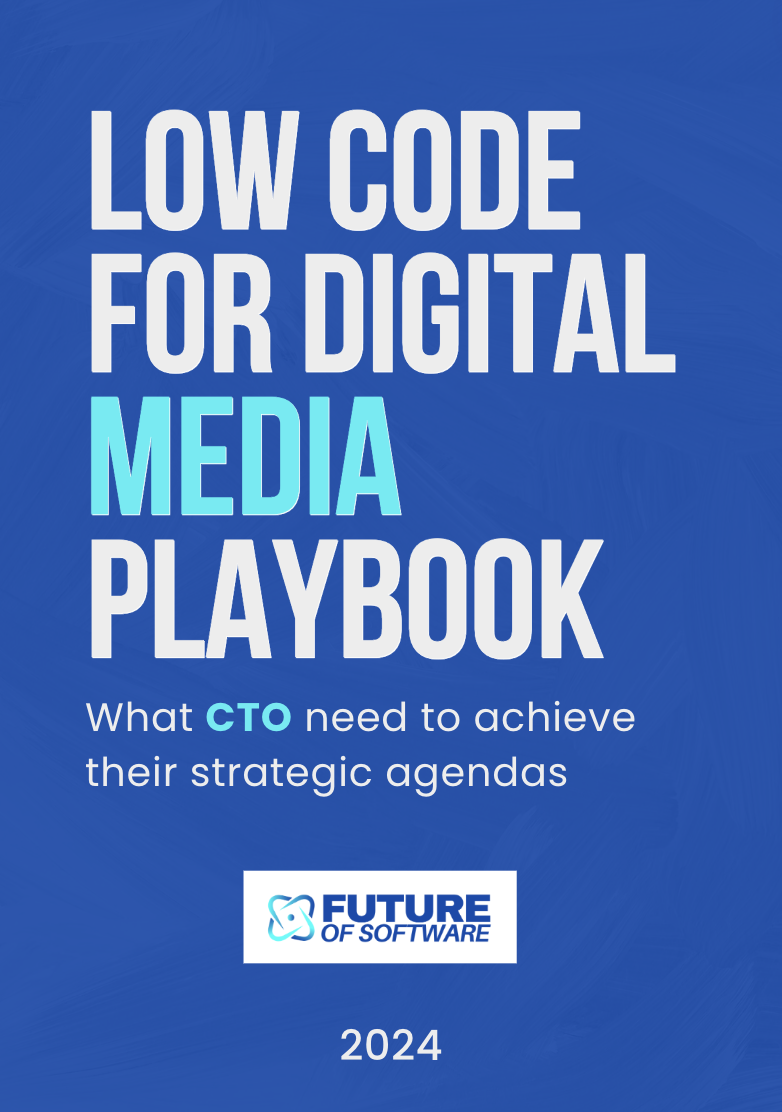
Understanding Composable Commerce
Decoding the Concept of Composable Commerce
Composable commerce is revolutionizing the way businesses approach their ecommerce platforms. Unlike traditional monolithic systems, which are often rigid and challenging to modify, composable commerce offers a more flexible and dynamic architecture. This approach allows businesses to select the best components from various vendors, creating a tailored system that meets their specific needs.
The core idea behind composable commerce is to break down the ecommerce platform into smaller, manageable pieces, or components. These components can be independently developed, deployed, and updated, providing a more agile and responsive system. This modular approach is often referred to as a composable architecture, and it enables businesses to adapt quickly to market changes and customer demands.
Why Composable Commerce Matters
In today's fast-paced digital landscape, customer experience is paramount. Composable commerce allows businesses to enhance their user experience by integrating the best-of-breed solutions. By leveraging APIs, companies can seamlessly connect various components, ensuring a smooth and cohesive customer journey.
Moreover, the migration to a composable commerce platform can significantly reduce time-to-market for new products and features. Businesses can implement changes incrementally, avoiding the risks associated with a big bang approach. This flexibility is crucial for staying competitive in the ever-evolving ecommerce space.
For those interested in exploring how composable commerce can be effectively implemented, understanding the building blocks of headless commerce is a crucial step. This knowledge will serve as a foundation for navigating the complexities of composable commerce migration.
The Benefits of Composable Commerce Migration
Why Businesses Are Embracing Composable Commerce
In the evolving landscape of ecommerce, businesses are increasingly turning to composable commerce as a strategic approach to enhance their operations. This shift is driven by the need for flexibility and agility in a competitive market. By migrating from traditional monolithic systems to a composable architecture, companies can tailor their commerce platforms to better meet customer demands and improve user experience.
Flexibility and Customization
Composable commerce allows businesses to select the best-of-breed components that suit their specific needs. This flexibility means that companies can integrate various systems and APIs to create a unique ecommerce platform. Unlike monolithic commerce systems, which often require a one-size-fits-all approach, composable commerce enables businesses to customize their tech stack, ensuring that each component works seamlessly together.
Improved Customer Experience
One of the primary benefits of adopting a composable architecture is the enhanced customer experience it offers. By leveraging headless commerce and other modern technologies, businesses can deliver a more personalized and responsive shopping experience. This approach allows for faster updates and innovations, ensuring that the ecommerce platform remains aligned with customer expectations and market trends.
Scalability and Efficiency
Composable commerce also provides significant advantages in terms of scalability and operational efficiency. As businesses grow, they can easily add or replace components without overhauling the entire system. This modular approach reduces the time and cost associated with large-scale migrations, making it a more sustainable option for long-term growth.
Data-Driven Decisions
With composable commerce, businesses can harness the power of data to drive decisions and optimize their processes. By integrating various data sources and analytics tools, companies can gain deeper insights into customer behavior and preferences. This data-driven approach enables more informed decisions, leading to better product offerings and marketing strategies.
For more insights on how composable commerce can transform your ecommerce platform, explore the potential of React in headless CMS as a part of your tech stack.
Challenges in Composable Commerce Migration
Overcoming the Hurdles of Composable Commerce
Transitioning from monolithic systems to a composable architecture presents several challenges that businesses must navigate carefully. The migration process is not just a technical overhaul but a strategic shift that impacts various facets of an organization. Understanding these challenges is crucial for a successful transition.
Data Migration Complexities
One of the primary hurdles in composable commerce migration is data migration. Moving data from a monolithic commerce platform to a new, flexible system requires meticulous planning. Ensuring data integrity and consistency during this process is vital. Businesses must develop a robust strategy to handle data migration, minimizing disruptions to the customer experience.
Integration of Diverse Components
Composable commerce relies on integrating best-of-breed components, which can be a double-edged sword. While it offers flexibility, integrating various systems and ensuring they work seamlessly together can be challenging. This requires a deep understanding of APIs and the ability to manage a complex tech stack effectively.
Managing Change and Adoption
The shift to a composable approach often requires a cultural change within the organization. Employees accustomed to monolithic systems may resist the new architecture. Training and change management become essential steps in the migration process to ensure smooth adoption and to leverage the full potential of the new platform.
Time and Resource Constraints
Implementing a composable commerce architecture is time-consuming and resource-intensive. Businesses must allocate sufficient time and resources to manage the migration process effectively. Rushing the transition can lead to incomplete integrations and a compromised user experience.
For more insights on navigating the future of software, consider exploring this article that delves into the evolving landscape of software development.
Key Technologies Enabling Composable Commerce
Technological Foundations of Composable Commerce
As businesses transition from monolithic systems to a more flexible composable architecture, several key technologies play a pivotal role in enabling this shift. Understanding these technologies is essential for any company considering a migration to a composable commerce platform.
API-First Approach
APIs are the backbone of composable commerce, allowing different components to communicate seamlessly. This API-first approach ensures that each part of the system can be updated or replaced without disrupting the entire architecture. It supports a best-of-breed strategy, enabling businesses to select the most suitable tools for their specific needs.
Headless Commerce
Headless commerce decouples the front-end user experience from the back-end systems. This separation allows for greater flexibility in delivering personalized customer experiences across various channels. By leveraging headless commerce, businesses can rapidly adapt to changing market demands and enhance their ecommerce platform's agility.
Microservices Architecture
Microservices break down the monolithic architecture into smaller, independent services that can be developed, deployed, and scaled individually. This architecture supports a more agile development process, allowing teams to focus on specific components without affecting the entire system. It also facilitates a smoother migration process, as businesses can gradually transition to a composable architecture using the strangler pattern.
Cloud-Native Platforms
Cloud-native platforms provide the scalability and flexibility needed for composable commerce. By leveraging cloud services, businesses can efficiently manage their tech stack, ensuring that resources are allocated as needed. This approach supports a more resilient and responsive ecommerce platform, capable of handling fluctuations in demand.
Data Management and Integration
Effective data management is crucial in a composable commerce environment. Businesses must ensure seamless data migration and integration across various components to maintain a cohesive customer experience. Utilizing advanced data integration tools and practices can help streamline this process, ensuring that data flows smoothly between systems.
By understanding and implementing these key technologies, businesses can successfully navigate the complexities of migrating to a composable commerce architecture, ultimately enhancing their customer experience and operational efficiency.
Strategies for Successful Migration
Crafting a Roadmap for Transition
Embarking on the journey to composable commerce requires a well-thought-out strategy. The first step is to assess your current monolithic systems and identify which components can be decoupled and migrated. This involves a thorough analysis of your existing ecommerce platform, understanding its limitations, and recognizing opportunities for improvement.
Prioritizing Components for Migration
Not all components need to be migrated at once. A phased approach, often referred to as the strangler pattern, allows businesses to gradually transition from monolithic commerce to a composable architecture. Start with components that will have the most significant impact on customer experience and business operations. This could include migrating the product catalog, checkout process, or customer data management systems.
Building a Flexible Tech Stack
Composable commerce thrives on a best-of-breed approach, where each component of the system is selected based on its ability to perform a specific function exceptionally well. This requires careful selection of APIs and microservices that integrate seamlessly with your existing architecture. The goal is to create a flexible tech stack that can adapt to changing business needs and customer expectations.
Ensuring Data Integrity and Security
Data migration is a critical aspect of the migration process. Ensuring data integrity and security during this transition is paramount. Implement robust data migration strategies that include data cleansing, validation, and testing. This will help maintain customer trust and ensure a smooth transition to the new system.
Investing in Training and Change Management
Transitioning to a composable commerce platform is not just a technical shift; it also requires a cultural change within the organization. Invest in training programs to equip your team with the necessary skills to manage and operate the new system. Additionally, effective change management practices will help ease the transition and ensure that all stakeholders are aligned with the new approach.
Monitoring and Iterating
Once the migration is underway, continuous monitoring is essential to identify any issues and optimize the system. Regularly review performance metrics and gather feedback from users to make informed decisions about further improvements. This iterative process will help you refine your composable commerce strategy and maximize the benefits of the new architecture.
Case Studies: Real-World Applications
Real-World Examples of Composable Commerce
As businesses navigate the shift to composable commerce, several real-world examples illustrate the transformative impact of this approach. These case studies highlight the practical application of composable architecture and the benefits of migrating from monolithic systems to a more flexible, component-based model.
Global Retailer Embraces Composable Architecture
A leading global retailer recently transitioned from a traditional monolithic commerce platform to a composable architecture. This migration allowed the company to integrate best-of-breed components, enhancing their ecommerce platform's agility and scalability. By adopting a headless commerce approach, they improved the customer experience, offering personalized and seamless interactions across various touchpoints.
Streamlining Operations with Composable Systems
Another example involves a mid-sized ecommerce business that faced challenges with their legacy systems. The migration process involved leveraging APIs to connect disparate systems, creating a unified commerce platform. This step-by-step transition, often referred to as the strangler pattern, enabled the company to gradually replace outdated components without disrupting operations. The result was a more efficient system that reduced time-to-market for new products.
Enhancing Customer Experience Through Composable Commerce
A well-known fashion brand successfully implemented composable commerce to enhance their customer experience. By migrating to a composable architecture, they were able to integrate advanced data analytics tools, providing insights into customer behavior and preferences. This data-driven approach allowed them to tailor their offerings, improving customer satisfaction and loyalty.
Lessons Learned from Composable Commerce Migration
These case studies underscore the importance of strategic planning and execution in the migration process. Businesses must carefully assess their current tech stack and identify the best components to integrate. By adopting best practices and leveraging the flexibility of composable systems, companies can achieve a more responsive and customer-centric commerce platform.















